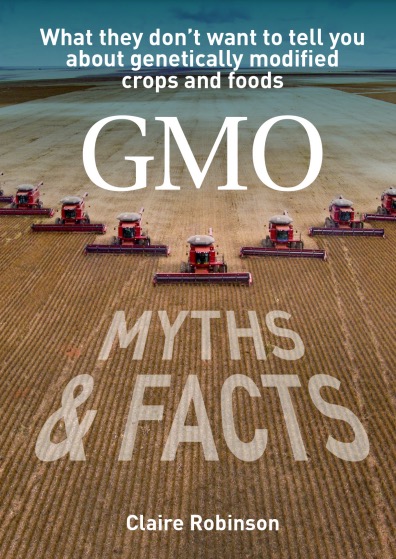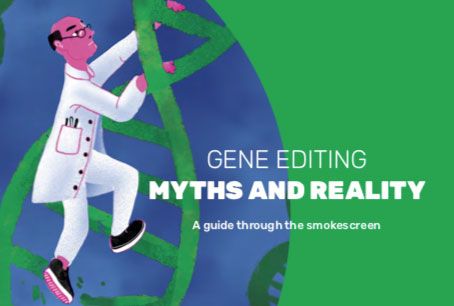"To bring genetically engineered food to the marketplace costs tens of millions of dollars," he said. "If it's not genetically engineered, presumably it would be much cheaper and we could bring it out much quicker."
---
Researchers Find Allergy-Free Soybean
By Jim Paul
The Associated Press, 30 September 2004
http://www.phillyburbs.com/pb-dyn/news/247-09292004-374273.html
URBANA, Ill. - Plant geneticist Ted Hymowitz knew that finding an allergy-free soybean would take a painstaking search through thousands of varieties. So Hymowitz got a grant, fetched a hammer and pounded away until he proved he was right.
Hymowitz and fellow University of Illinois researcher Leina Mary Joseph found a seed that lacks the protein, known as P34, responsible for most allergic reactions. It took them about eight months of crushing seeds from 15,000 varieties in the U.S. Agriculture Department's soybean germplasm collection at the university.
"This thing is so rare that you need the huge collection to find the needle in a haystack," Hymowitz said.
Scientists already had used genetic engineering to silence the gene that creates P34 in most soybeans. But it likely will be much easier to market soybeans that naturally lack the protein, said Eliot Herman, the USDA researcher who developed the biotech bean two years ago.
While much testing remains before farmers can grow allergy-free soybeans, Hymowitz's research shows promise for people who are allergic, said Anne Munoz-Furlong, founder of the Food Allergy and Anaphylaxis Network based in Fairfax, Va.
About 11 million Americans have some type of food allergy, according to FAAN, and several studies indicate 6 to 8 percent of children and 1 to 2 percent of adults are allergic to soy. Soy is one of the eight most allergenic foods, and the number of people with soy allergies is expected to rise as the use of soy in many foods increases.
Herman, who works at the David Danforth Plant Science Center in St. Louis, is collaborating with Hymowitz and Joseph. While at least one seed company has been developing commercial soybeans using the genetically engineered breed, marketing could be problematic, Herman said.
"To bring genetically engineered food to the marketplace costs tens of millions of dollars," he said. "If it's not genetically engineered, presumably it would be much cheaper and we could bring it out much quicker."
The allergen-free soybean comes from a plant that normally grows wild, so it will have to be crossbred into varieties that farmers grow, a process that could take 5 to 10 years, Hymowitz said. Before that happens the researchers still have questions to answer.
"We look through 14,000 lines and find one that doesn't have (P34)," Herman said. "What is it about this one that makes it different? We have this real oddball and now we'll try to understand some of the biology of this."
On the Net: Food Allergy and Anaphylaxis Network:
http://www.foodallergy.org









